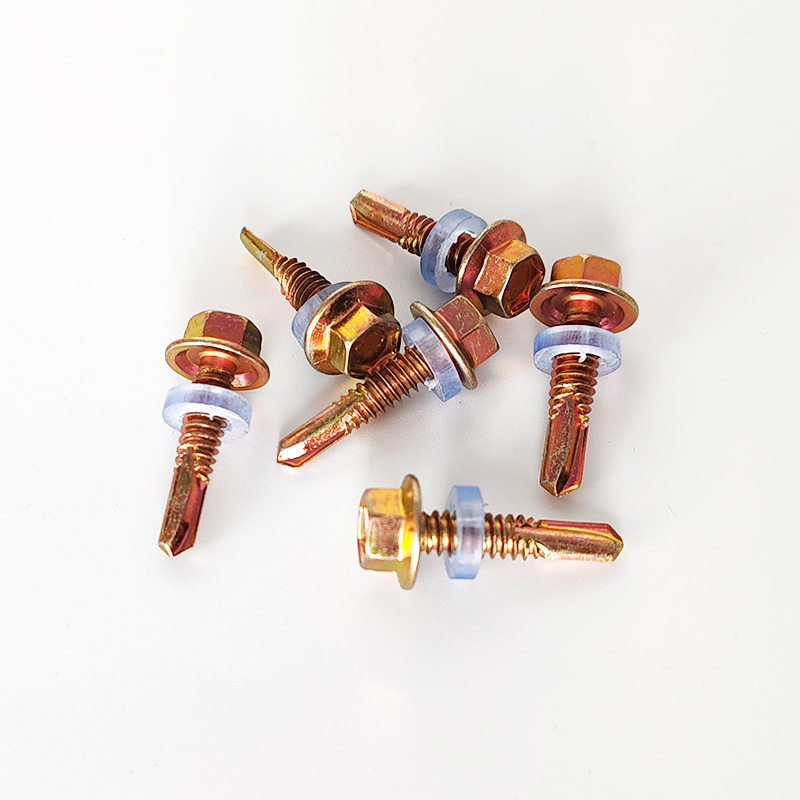external wall insulation screws
External Wall Insulation Screws A Comprehensive Guide
External wall insulation is essential for improving the energy efficiency and thermal performance of buildings. It involves adding insulation materials to the outer walls, which helps to reduce heat loss in winter and keep interiors cooler in the summer. However, a crucial component of this insulation process is the use of specialized screws that safely secure the insulation boards to the wall. This article will delve into the importance of external wall insulation screws, the types available, installation techniques, and considerations for choosing the right screws.
The Importance of External Wall Insulation Screws
Using the right screws for external wall insulation is vital because they hold the insulation boards in place against the structure. Improper or inadequate fastening can result in the insulation failing, which can lead to energy inefficiency, moisture problems, and ultimately, structural damage. The combination of insulation boards and screws provides a barrier against weather conditions, maintaining the integrity of the insulation system and ensuring that the building's energy performance is optimized.
Types of External Wall Insulation Screws
There are several types of screws specifically designed for external wall insulation applications
1. Self-Tapping Screws These screws can create their own hole as they are driven into the substrate, making installation quick and efficient. They are available in various lengths and diameters and are compatible with most insulation materials.
2. Insulation Fasteners Designed for use with a range of insulation thicknesses, insulation fasteners often incorporate a wide washer head that distributes the load, reducing the risk of damaging the insulation board.
3. Dowel Screws These screws can be used for both insulation and cladding systems. They typically feature a long thread that provides excellent grip within the substrate, ensuring a secure hold.
4. Specialized Anchor Screws Some projects require screws that can penetrate through thicker materials, such as concrete or brick. Specialized anchor screws are designed to provide a strong anchoring point in these tougher substrates.
external wall insulation screws

Installation Techniques
Proper installation of external wall insulation screws is crucial for ensuring the long-term performance of the insulation system. Here are some key steps and considerations
1. Surface Preparation Ensure that the wall surface is clean and free of debris. Any loose paint, flakes, or dust must be removed to allow for proper adhesion and to prevent rusting of screws.
2. Selecting the Right Length The screws must be long enough to penetrate through the insulation board and into the underlying substrate. Generally, the length required is determined by the thickness of the insulation material plus the depth of the substrate.
3. Equidistant Spacing Follow manufacturer recommendations on spacing the screws. Typically, screws should be spaced approximately 300 mm apart. Additionally, ensure that screws are placed at the corners and edges of insulation boards for added stability.
4. Depth of Installation Properly drive screws so that the insulation board is firmly secured without crushing. The head of the screw should be flush with the surface of the insulation board to maintain an even surface for any future layers, such as render or cladding.
5. Weather Considerations It is vital to choose screws with appropriate weather-resistant coatings to prevent corrosion. Consider the local climate and potential exposure to moisture when selecting screws.
Conclusion
External wall insulation screws play a crucial role in the insulation process. They not only secure insulation against the exterior walls but also ensure that the insulation system functions effectively over time. By understanding the different types of screws available, the appropriate installation techniques, and important considerations for choosing the right screws, building professionals and DIY enthusiasts can vastly improve the energy efficiency and durability of their constructions. Investing time and resources in selecting the right fasteners will ultimately lead to a safer, more energy-efficient building that contributes to sustainable development.
-
Weatherproof Plastic Expansion Anchors for OutdoorNewsJun.06,2025
-
Sustainability in the Supply Chain: Eco-Friendly TEK Screws ProductionNewsJun.06,2025
-
Load-Bearing Capacity of External Insulation FixingsNewsJun.06,2025
-
Double Head Bolts: Enhancing Efficiency in Industrial MachineryNewsJun.06,2025
-
Corrosion Resistance in Chipboard Screws: Coatings for Wholesale DurabilityNewsJun.06,2025
-
Butterfly Toggle Bolts : Enhancing Structural ResilienceNewsJun.06,2025
